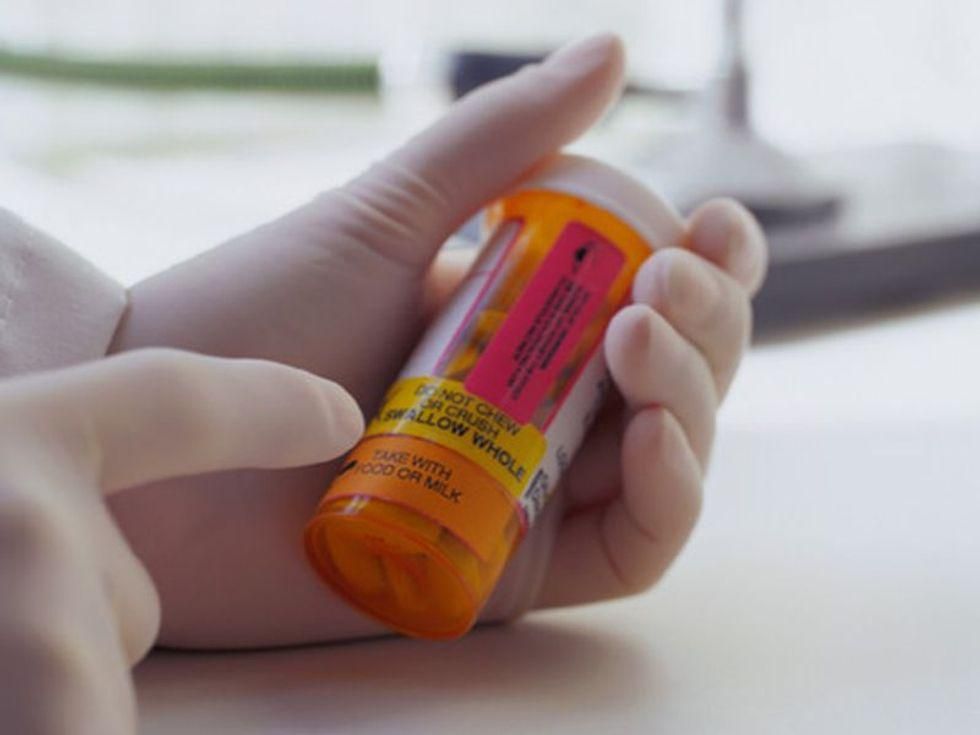
An antiviral drug used to treat high-risk COVID-19 patients may also benefit patients with long COVID, researchers say.
Paxlovid has U.S. Food and Drug Administration emergency use authorization to treat COVID-19 patients who are older than 65 or have underlying health conditions such as obesity, diabetes or cancer. The pill includes the antivirals nirmatrelvir and ritonavir.
Treatment with Paxlovid must start within five days of the onset of symptoms and continue for five days, according to conditions of the authorization.
Now, a series of case reports from researchers at the University of California, San Francisco (UCSF) shows some success with Paxlovid in treating patients with long COVID. One-third of people infected with the coronavirus are thought to develop symptoms such as fatigue, headaches and brain fog associated with long COVID.
It’s thought that long COVID may be caused by the immune system’s ongoing reaction to the virus that remains in the body after the initial infection phase.
“Data from other studies shows that SARS-CoV-2 might linger for months,” said study co-author Dr. Michael Peluso. He is an assistant professor of medicine and infectious disease specialist at UCSF and Zuckerberg San Francisco General Hospital.
“A recent study shows persistent shedding of virus from the gastrointestinal tract for up to seven months in some people. This doesn’t mean the virus is infectious, but there might be pieces of the virus, or viral activity, that could be stimulating the immune system,” Peluso said in a university news release.
The case reports included three patients in their 40s who had symptoms consistent with long COVID.
Two started taking Paxlovid weeks after the start of long COVID symptoms, contrary to the emergency authorization conditions. One was prescribed the antiviral after re-exposure to the virus more than seven weeks after symptom onset, and his health improved to near-normal, according to the researchers.
The other patient took Paxlovid about three weeks after symptom onset. She felt less fatigued the day after completing therapy, but still had shortness of breath and muscle pain.
“It seems that Paxlovid may benefit patients with long COVID, but there is no way to access the drug unless a doctor is willing to break the rules, which we are not advocating,” Peluso said.
The third patient started taking Paxlovid within 24 hours of the start of COVID-19 symptoms, in line with the emergency use conditions. His symptoms improved, but returned four days after he completed Paxlovid therapy, with fever, runny nose, cough and chest pain. He also had elevated temperature and heart and respiratory rates.
About two weeks later, he developed brain fog, chest soreness, fatigue and discomfort after exertion — symptoms consistent with long COVID.
“The key aspect of this case is that longer courses of Paxlovid may be needed, and giving it too early might not be optimal,” Peluso said. He noted that there is no safety data yet to support extended use of the drug.
The case series was posted online May 5 on the preprint server Research Square. It has not been peer-reviewed or published in a journal so the findings should be considered preliminary. The results need to be confirmed with future stringent studies, the authors emphasized.
“Only by doing rigorous studies will we get answers,” Peluso said. “There is a critical need for this, given the large number of people who have had COVID, a significant subset of whom have long COVID.”
More information
There’s more on long COVID at the U.S. Centers for Disease Control and Prevention.
SOURCE: University of California, San Francisco, news release, May 5, 2022
Source: HealthDay

Leave a Reply